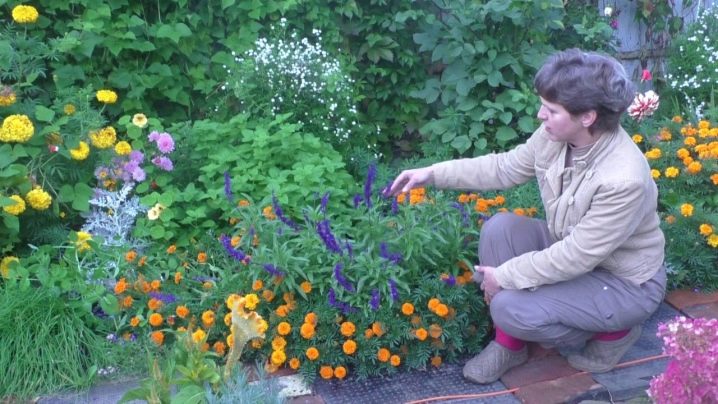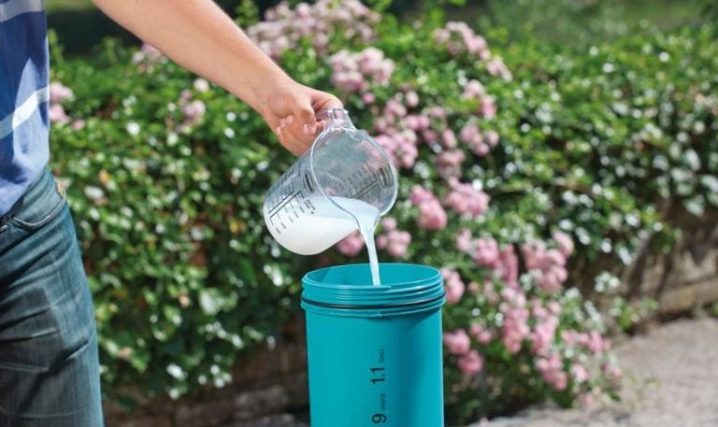Why salvia does not bloom and what to do?

Salvia is an incredibly beautiful plant that belongs to shrubs and herbaceous crops of the Labiatae or Lamb family. Many gardeners are faced with the problem that salvia does not bloom or stops blooming. What is the problem and how to solve it - a short review will tell you.

Features of culture
The most popular salvia is precisely in regions with a temperate climate. Most gardeners are more accustomed to calling salvia sage, but you should know that this applies only to medicinal varieties and spices. Salvia, on the other hand, is an ornamental flowering shrub or flower, represented by many varieties.
Today, flowering shrubs are represented by three main categories: representatives of the tropical zone (brilliant salvia, bright red, powdery), Mediterranean species (variegated salvia) and cold-resistant varieties (oak or forest). All varieties are completely different - they have characteristic features of the structure, shape, color of flowers and leaves, but the agricultural technology of plants is similar and completely uncomplicated in all.

Late planting dates
The plant is characterized by a long growing season. As a rule, 3.5-4 months pass from the emergence of sprouts to the abundant flowering of the shrub, therefore, in order to enjoy the incredibly beautiful flowering of the shrub throughout the warm period, and sometimes until the very frost, it is necessary to plant the plant on time.
It is recommended to grow salvia using seedlings, as it is more reliable and productive. For this, in February-March, seeds are sown for seedlings. The flower germination is fast - after 12-14 days sprouts will appear. The bushes are transplanted to a permanent place after June 10-15, when the threat of nighttime cold snaps has passed, and a stable heat will come.

If the timing of sowing seeds for seedlings is not met, then it will not be possible to plant the plant on a flower bed in a timely manner, which can entail many problems. One of the main ones is precisely the fact that salvia does not bloom or blooms much later, which significantly reduces the duration of the period for the appearance of incredibly beautiful flowers.
When deciding on planting and growing salvia, it is necessary to strictly observe the timing of planting / sowing seeds for seedlings, replanting to a permanent place.
Improper care
A common reason that a flower does not bloom or does not bloom at all may be a violation of the rules of Salvia's agricultural technology. So that the shrub does not disappoint, and also pleases the whole summer and the beginning of autumn with beautiful flowers, it is necessary to follow the basic rules of care.
-
To water... It is necessary to water so that there is no stagnation of moisture, but the water has penetrated deep enough. It is better to irrigate in the evening, after 18.00, when there is no sun.
-
Loosen and remove weeds... Loosening promotes moisture / air permeability and also helps in weed control.
-
Apply fertilizers. It is recommended to feed the shrub at least twice a season - immediately after planting seedlings, as well as during the period of bud formation.
-
Carry out formative pruning, which prevents the plant from stretching, exposing it, making the shrub more neat and attractive.
In addition, at the end of flowering, it is recommended to cut off all wilted flowers.


If you violate agricultural techniques, at least one of the points, the shrub will stop flowering altogether, or it will begin much later than the due date.
Other reasons
If the plant is cared for, the timing of transplanting to a flower bed or garden is met, and in the summer salvia still does not please with abundant flowering, you need to look for other reasons to understand what to do, how to proceed, how to save your favorite plant.

Experienced gardeners, growing different varieties of Salvia and making some observations, found several reasons why shrubs do not bloom at all, or the flowering period is late and too shortened.
-
The plant lacks light. Salvia is a very light-loving shrub, so even the shortest shade can negatively affect flowering. Usually, with a lack of light, the plant is strongly stretched in height, and the leaves change color - they become very pale. In the first half of summer, you can transplant the plant to a sunnier and brighter place in the garden or flower bed. In order not to create shade on the site, it is necessary to plant a flowering shrub away from large plantings, for example, fruit trees.
-
There is an excess of nitrogen in the soil. In this case, the leaves acquire a dark green color and become brilliantly oily. Spraying with a special mixture from an infused superphosphate extract will help eliminate excess nitrogen. Many gardeners water their shrubs with ash water.
An excess of fertilizers in the soil or excessively damp soil can also negatively affect the abundance of flowering.
It is recommended to apply top dressing strictly according to the schedule, and water it, avoiding waterlogging.

Sometimes the shrub does not bloom well due to a lack of potassium, which helps the plant to absorb phosphorus and water, therefore, when choosing complex fertilizers, you need to pay attention to the composition. It is very useful to water the shrubs with water infused with eggshells before flowering (before blooming).






























































The comment was sent successfully.